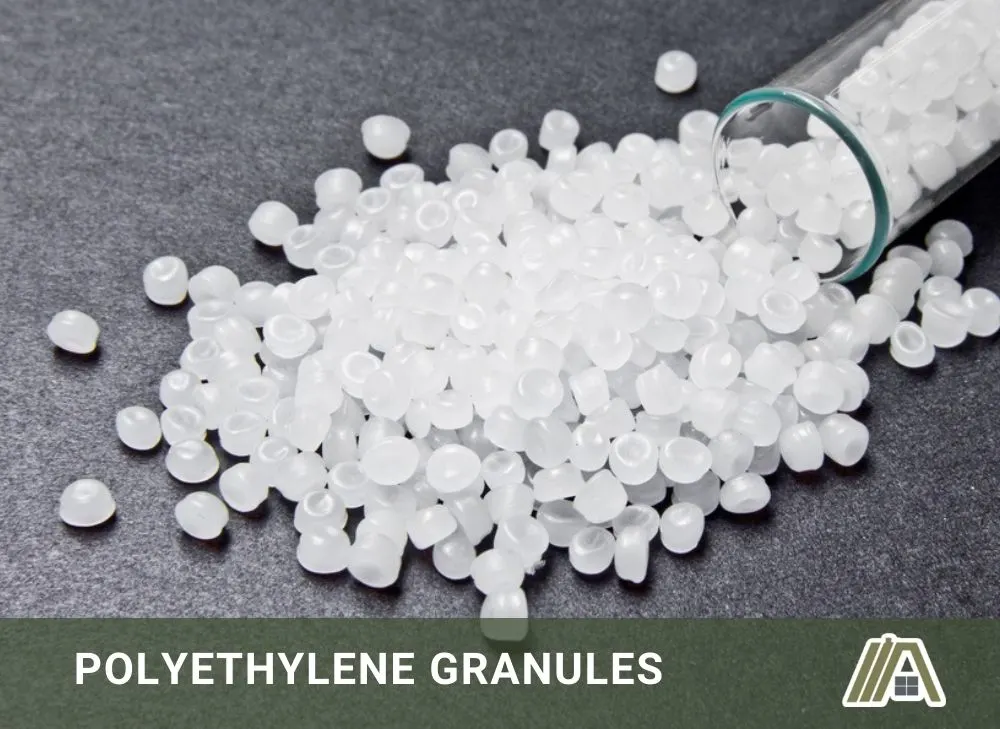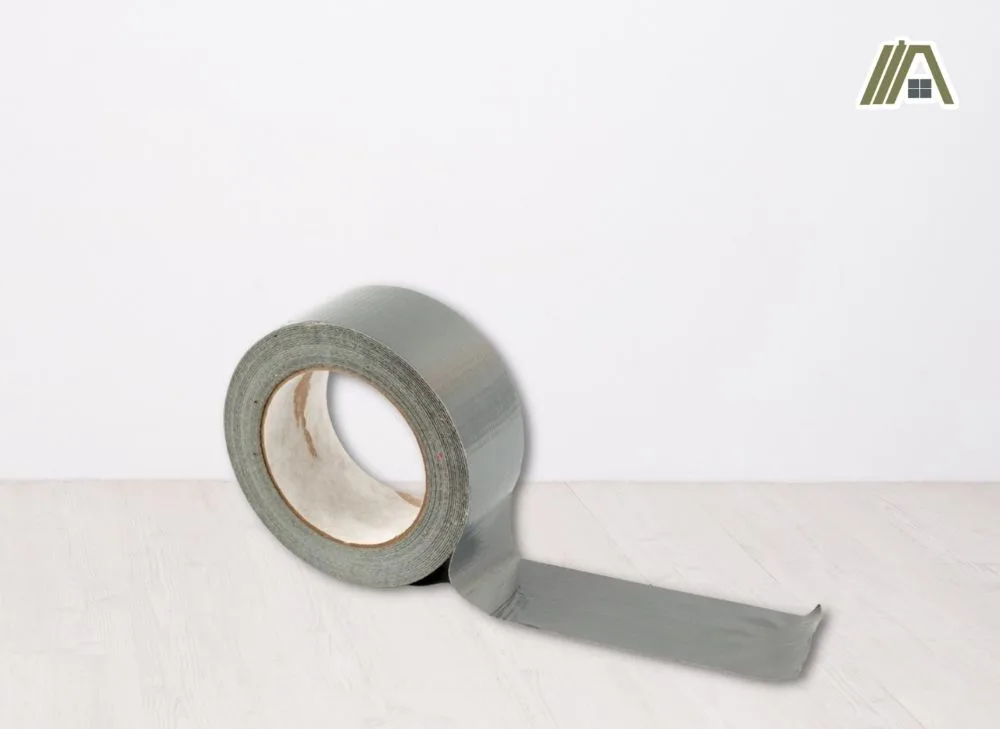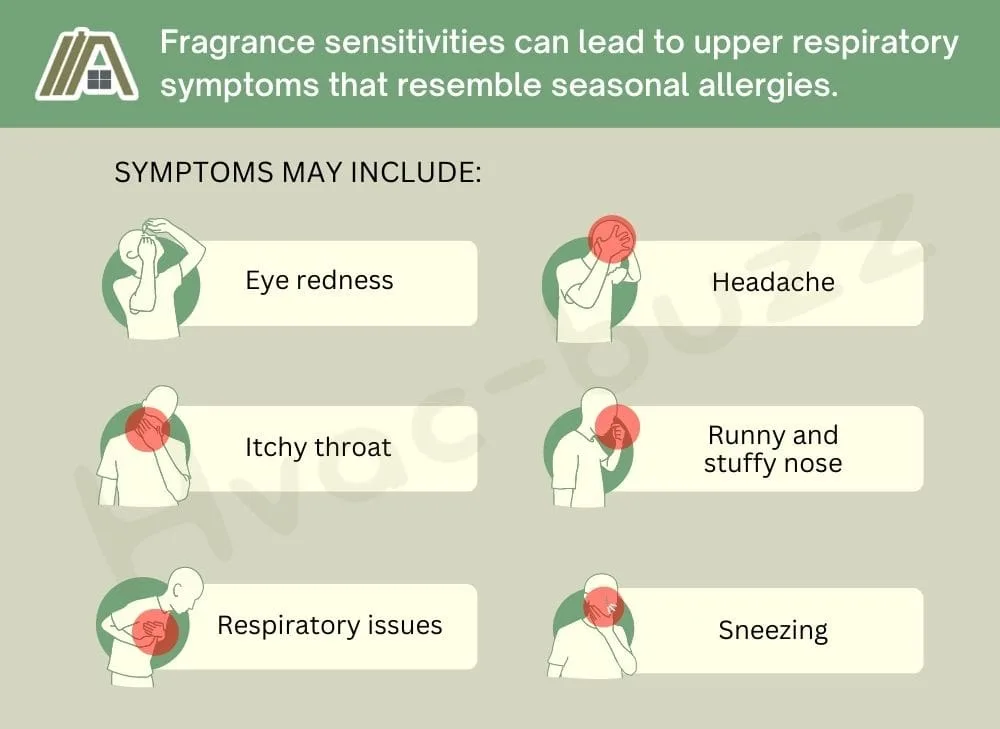When you smell a strongly chemical odor, like that released from duct tape, your body is going to prompt you to question the safety of your environment. This is a great survival instinct, but it’s not always accurate in that not all of the smells that your body flags are dangerous to inhale.
Still, it’s better to research these things and find out what is causing the odor and how it may affect our health than to just ignore our body’s signals.

Duct tape is not toxic through inhalation. The smell comes from adhesive ingredients, such as polyethylene and polyterpene resin. These ingredients are not toxic under normal use.
What Makes Duct Tape Smell?
The smell coming from your duct tape is coming from the adhesive on it.
The adhesive is formulated with rubber compounds that provide a long-lasting adhesion, but they also emit quite a strong chemical odor.
The layer of adhesive rubber coating on duct tape is thicker than the adhesive layer on most other tapes. This allows duct tape to provide a better seal, but it also increases the amount of smelly substance on the tape, which is why you notice it more.
Other tapes, such as Scotch tape and masking tape, use an adhesive formulated from acrylic compounds that are less sticky but also do not typically have such a strong odor.
Within the rubber compound, chemicals are added to increase the adhesiveness of duct tape. A chemical product called polyterpene resin is added to the natural rubber to increase its tackiness and ability to adhere to textured surfaces.
Polyethylene is another chemical that may be added to enhance the stickiness of duct tape. It also serves the purpose of increasing tackiness, but it, too, has a smell.

Is Duct Tape Toxic to Breathe?
Duct tape is not toxic to breathe. We can prove this fact using a few different approaches.
- First of all, the chemicals used in duct tape are non-toxic via inhalation exposure.
- Secondly, the quantity of chemicals that are released by duct tape does not reach harmful levels.
- Thirdly, there are strict regulations in place about what can and cannot be included in consumer products. Duct tape brands must pass certain safety standards before they can sell their product.
Let’s look at each of these a little more closely.
Are Duct Tape Chemicals Toxic?
Although strong in smell, the chemicals used in duct tape are not toxic when inhaled.
According to a technical datasheet from Forevervest Resources, a main supplier of polyterpene resin, it is non-toxic.
However, if polyterpene resin is ignited, it can release harmful fumes. The smoke should not be inhaled, and anyone who inhales it should immediately vacate the area and see a doctor if experiencing respiratory irritation.
Polyethylene has been extensively tested and found to be safe for humans. It is non-toxic through skin contact, inhalation, and ingestion.
Natural rubber is also not toxic. It comes naturally from the rubber tree plant and does not pose any health risks through the inhalation of its fumes.
You should not burn duct tape as a way to dispose of it as doing so releases the chemicals into the air. Unfortunately, you will just have to throw it away in the trash because it is neither biodegradable nor recyclable.
Some older versions of duct tape included asbestos, which can cause respiratory issues and cancer. However, they are not allowed to sell these anymore.
Are the Amounts Released Toxic?
The amount of fumes released by duct tape under normal use is not toxic.
Since the 1990s, the use of asbestos in adhesives, such as duct tape, has largely been eradicated now that we know of its harmful effects.
As long as your roll of duct tape is new, you don’t need to worry about asbestos. Older rolls were also typically white, not silver, so it is easy to identify rolls that may be hazardous.
Duct tape is not meant to be ingested or burned. In both of these circumstances, the chances of harmful chemical exposure increases but are still low.

For example, an oral lethal dose of terpene resin to rats is more than 0.24 oz/lb (15,000 mg/kg). The lethal dose for humans would be even greater, and both values are far greater than the level of fumes released by duct tape.
Duct tape will release more fumes if it catches fire. When burned, polyethylene can produce poisonous smoke. However, there are no known hospitalizations from the fumes of burning duct tape.
Still, rather don’t use it on anything that gets very hot, like microwaves or dryer and HVAC ducts (not that you’re allowed to use them on these anyway).
You should also be careful about revitalization techniques that require application of heat.
Regulations About Chemical Use in Products
Government agencies have put regulations in place to ensure safe levels of chemicals in products. Products must be tested and certified to be safe before they can go on the market.
In the United States, the EPA (Environmental Protection Agency) monitors levels of chemicals in products. The Toxic Substances Control Act gives the EPA the authority to require testing of chemicals where risks are found before they can be used in products or sold.
The Federal Hazardous Substances Act requires that products are labeled with toxicity warnings to help consumers properly store and use the products.
The Consumer Product Safety Commission (CPSC) also has the right to ban products that are too hazardous to consumers.
You can check the label on duct tape to verify any safety measures that need to be taken for proper usage. But the number of agencies governing consumer products is relatively reassuring.
Some People May Be More Sensitive
Duct tape is non-toxic, but that doesn’t mean that people can’t experience irritation from contact with its fumes or the duct tape itself.
The rubber adhesive on duct tape is derived from rubber trees. Latex, another common component of products such as disposable gloves and bandages, is also derived from rubber trees.
Someone with an allergy to latex may also react negatively to contact with duct tape.
If you have sensitive skin, you may also choose to err on the side of caution when using duct tape. Contact with such a sticky substance can cause redness, inflammation, and abrasions on the skin.
Finally, people with sensitivities to strong smells may experience unpleasant effects from the strong odor of duct tape.
Fragrance sensitivities can lead to upper respiratory symptoms that resemble seasonal allergies. Symptoms may include:
- Eye redness
- Itchy throat
- Respiratory issues
- Headache
- Sneezing
- Runny and stuffy nose

Although irritation from the fumes emitted from duct tape may sound like an allergy, something can only be called an allergic reaction if the immune system causes the inflammatory response.
An irritant like the odor from duct tape merely triggers allergy-like symptoms.
Sources
https://cen.acs.org/articles/85/i42/Adhesive-Tape.html
https://www.everydayhealth.com/allergies/fragrance-sensitivity.aspx
https://silva-lusitana.edpsciences.org/articles/silu/pdf/2020/02/silu2020282p165.pdf
https://coatings.specialchem.com/product/r-foreverest-resources-terpene-polymer-polyterpene-resin
https://www.novachem.com/wp-content/uploads/SCLAIRNotColoured_RP_AMER_EN.pdf
https://www.epa.gov/laws-regulations/summary-toxic-substances-control-act
https://www.cpsc.gov/Business–Manufacturing/Business-Education/Business-Guidance/FHSA-Requirements
